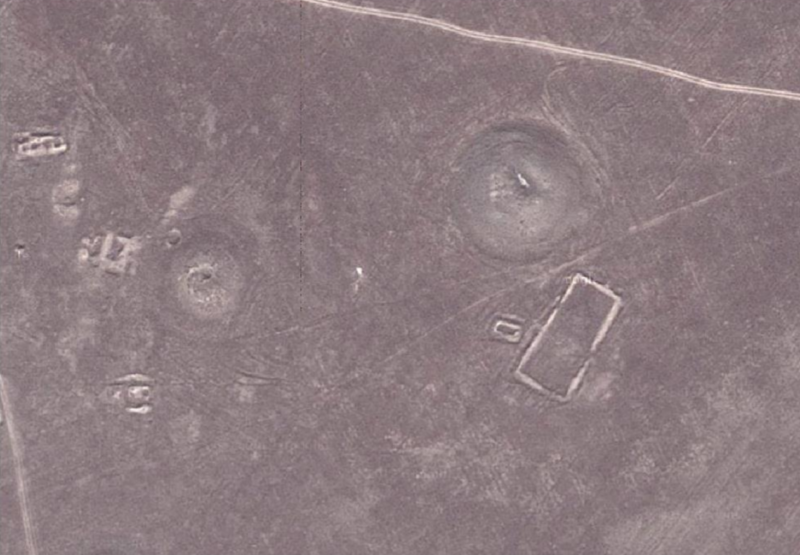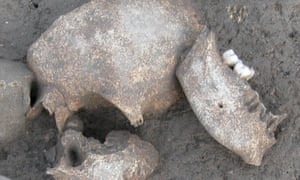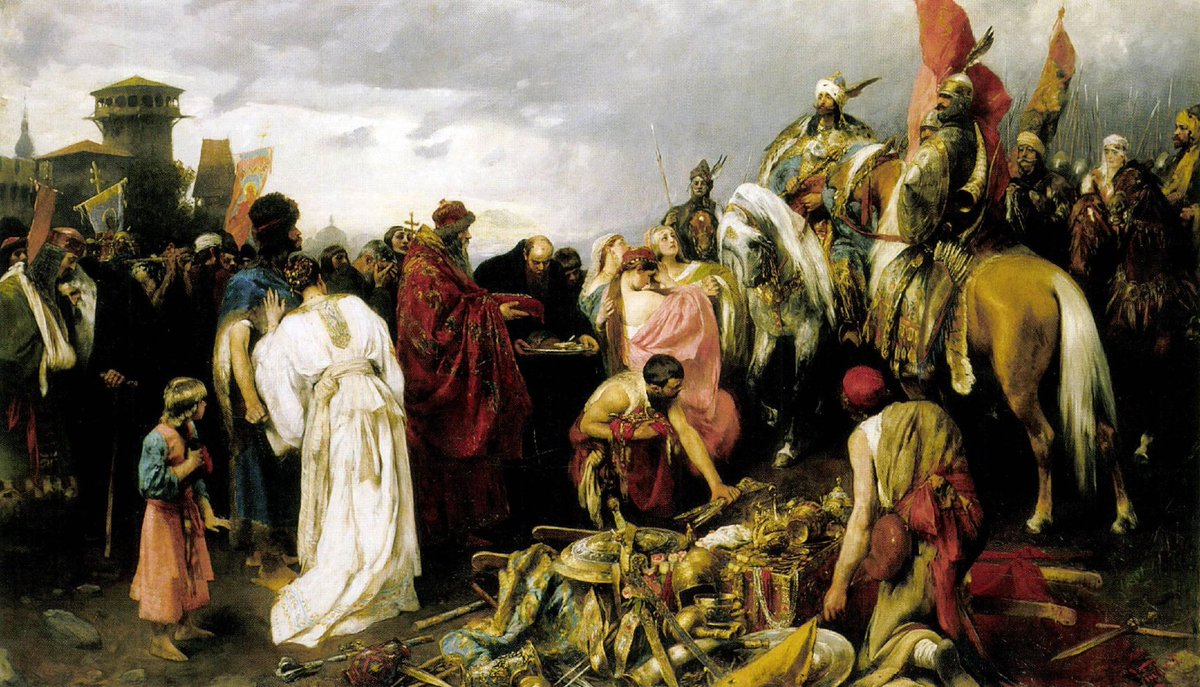via the New Statesman by Michael Axworthy
Like the rebel theologian, we believe in the perfectibility of mankind, the ability of people to make the right choices, do good and make things better.

PRISMA ARCHIVO/ALAMY
Sixteen centuries ago, in AD 418, after a long and complicated series of debates over several years, Pope Zosimus finally issued a letter condemning as heretical the writings of Pelagius, the earliest known British writer.
Should we pay any attention to this anniversary, when so many others have occupied us this year? There were many heresies and theological disputes in the early centuries of the Christian Church – many of them incomprehensible even to practising believers today. Is Pelagius of more than antiquarian interest?
I have absolutely no idea. Never heard of him. Continue reading, as I did, and discover something. Or maybe you already knew about this man and his ideas about free will.
==============================
va ResearchBuzz Firehose: Kiona N. Smith for arsTECHNICA

This Google Earth image shows two large Scythian burial mounds, each over 20 meters (65.6 feet) wide.
Around 900 BCE, a group of nomads from Siberia called Scythians began spreading across the central Asian steppe, their mounted archers sweeping across huge swaths of territory. Today the steppe from the Black Sea to northern China is dotted with thousands of their tombs—deep grave pits, covered with mounds of stone or soil. Centuries of looters have ransacked the burial mounds for the ornate gold art and jewelry, as well as the finely crafted weapons and horse gear buried with the Scythian dead. Satellite imagery sheds light on the extent of the destruction, and it may eventually help protect the ancient graves from modern looters.
Continue reading
==============================
New chemical analysis of iron age skulls confirms the grisly practice, referred to in ancient texts
via the Guardian by Nicola Davis

Experts found traces of conifer resins on ancient skulls at Le Cailar iron age site in France, supporting texts saying heads were embalmed. Photograph: Handout
They were fearsome warriors who cut off the heads of their enemies and displayed them for all to see, bringing them back from battle hanging around their horses’ necks. But now research has confirmed that the Gauls did not merely sever the heads of their foes, they appear to have embalmed them to boot.
Experts say they have found traces of conifer resins on the remains of skulls discovered at the iron age settlement of Le Cailar in the south of France – a discovery they say backs up ancient reports that the Celtic Gauls preserved their grisly trophies.
Continue reading
==============================
via Boing Boing by David Pescovitz

In 1969, Capitol Records released this incredible double LP set (and double 8-track tape) from Vincent Price titled "Witchcraft-Magic: An Adventure in Demonology." Hear the whole thing above. The nearly two hours of spoken word includes sections on the history and culture of "witchcraft" and helpful guides such as "How To Invoke Spirits, Demons, Unseen Forces" and "How To Make A Pact With The Devil." I certainly wouldn't vouch for the factual accuracy or research rigor of the material, but hearing horror icon Price's silky narration about such topics as necromancy and the "Witches Sabbat" is a joy.
Continue reading (and watch the video)
==============================
Coleridge, the co-author with Wordsworth of Lyrical Ballads, was born in Ottery St Mary in Devon in 1772. The village is named for the river which passes through it – the river which Coleridge eulogises in this Romantic sonnet, ‘To the River Otter’, recalling his childhood when he skimmed stones along the river’s surface:
Continue reading
==============================
via Arts & Letters Daily: Alex Rosenberg in 3:AM Magazine
IBM’s Jeopardy winning computer Watson is a serious threat, not just to the livelihood of medical diagnosticians, but to other professionals who may find themselves going the way of welders. Besides its economic threat, the advance of AI seems to pose a cultural threat: if physical systems can do what we do without thought to give meaning to their achievements, the conscious human mind will be displaced from its unique role in the universe as a creative, responsible, rational agent.
Continue reading
==============================
via About History

The Hungarian conquests in Europe were carried out in the 9th and 10th centuries – a transitional period in the history of Europe of the Early and High Middle Ages, periods when the territories of the former Carolingian Empire were threatened by the Magyars (Hungarians) from the east, the Vikings from the north and the Arabs from the south.
Continue reading
A map would have been more useful than a work of art. My knowledge of this area of Europe is sketchy to say the least.
==============================
via Boing Boing by Mark Frauenfelder

The gadgets of the past had gears, levers, clicky buttons, motors, and other noise-making components. Most of today's electronics have very few moving parts. The sounds they make are edited-in aural skeuomorphs. A website called Conserve the Sound has recordings of the sounds made by old phones, rubber stamps, pinball machines, cameras, typewriters, fans, video game consoles, and other products from 1910 onwards. They have an Instagram account, too.
An office doesn't sound like an office without the dot matrix printer thundering away in the background!
==============================
How psilocybin evolved has more to do with sending insects on terrifying trips than it does making Phish sound good.
via the Big Think blog by Matt Davis
- Fungi species that produce psilocybin—the main hallucinogenic ingredient in "magic" mushrooms—aren't closely related to one another.
- Researchers have discovered that the way these fungi independently gained the ability to produce psilocybin is because of horizontal gene transfer.
- Based on how uncommon horizontal gene transfer is in mushroom-producing fungi and the types of fungi that produce psilocybin, it seems likely that the hallucinogenic chemical is meant to scramble the brains of insects competing with fungi for food.
==============================
via Interesting Literature
On one of Joyce’s finest short stories
‘The Sisters’ is the opening story in James Joyce’s 1914 collection, Dubliners. Unlike the other stories in the collection, it is told in the first person, by a young man recalling his friendship, as a boy, with a Catholic priest. As this very brief summary of the story would suggest, there is something odd in the story being given the title ‘The Sisters’, since the two sisters are actually not the central focus of the story. But we’re getting ahead of ourselves.
Continue reading
No comments:
Post a Comment